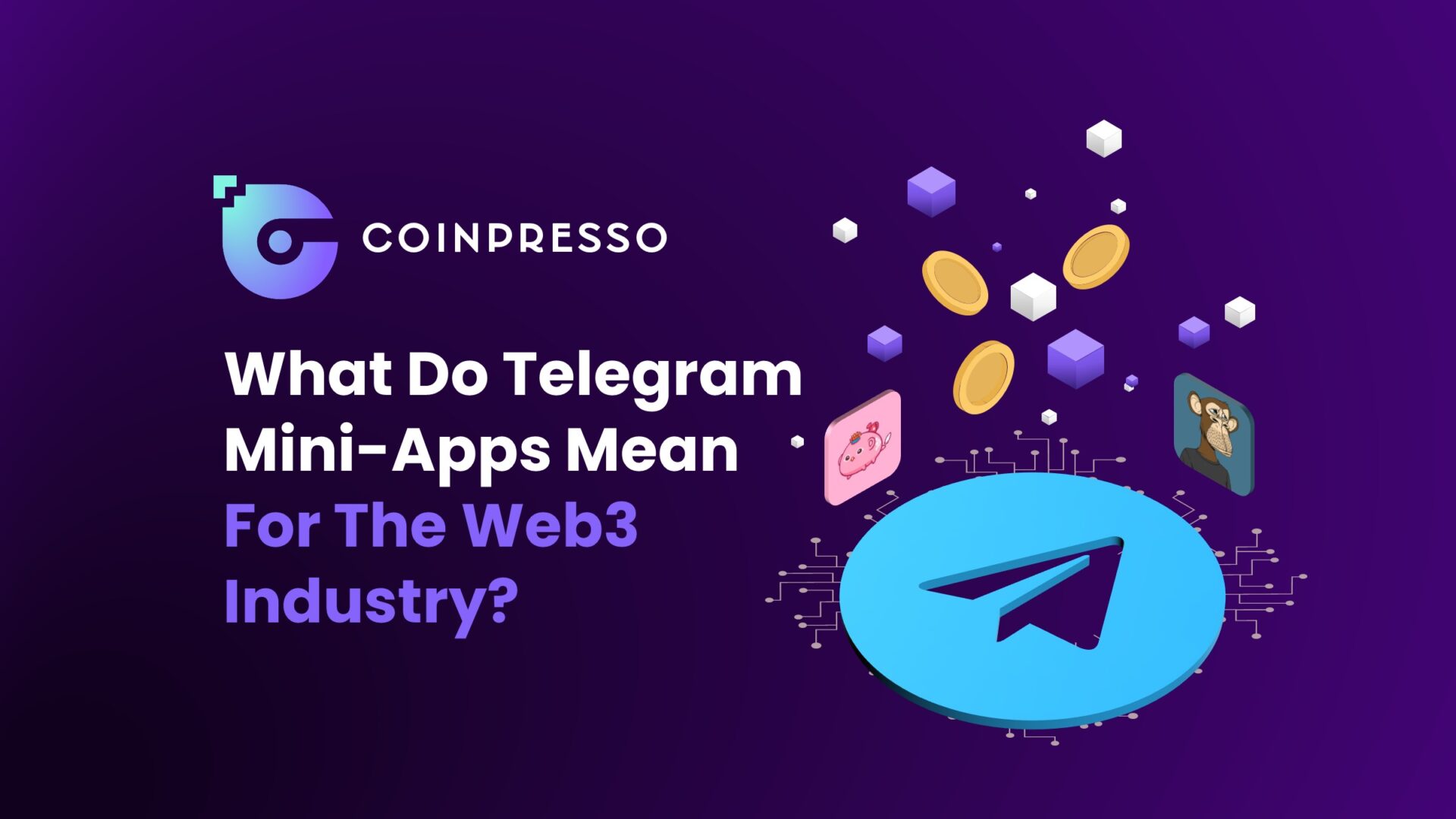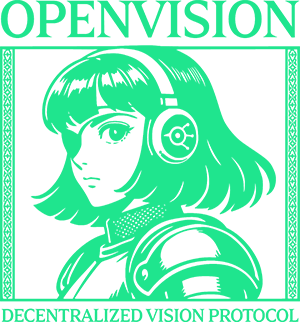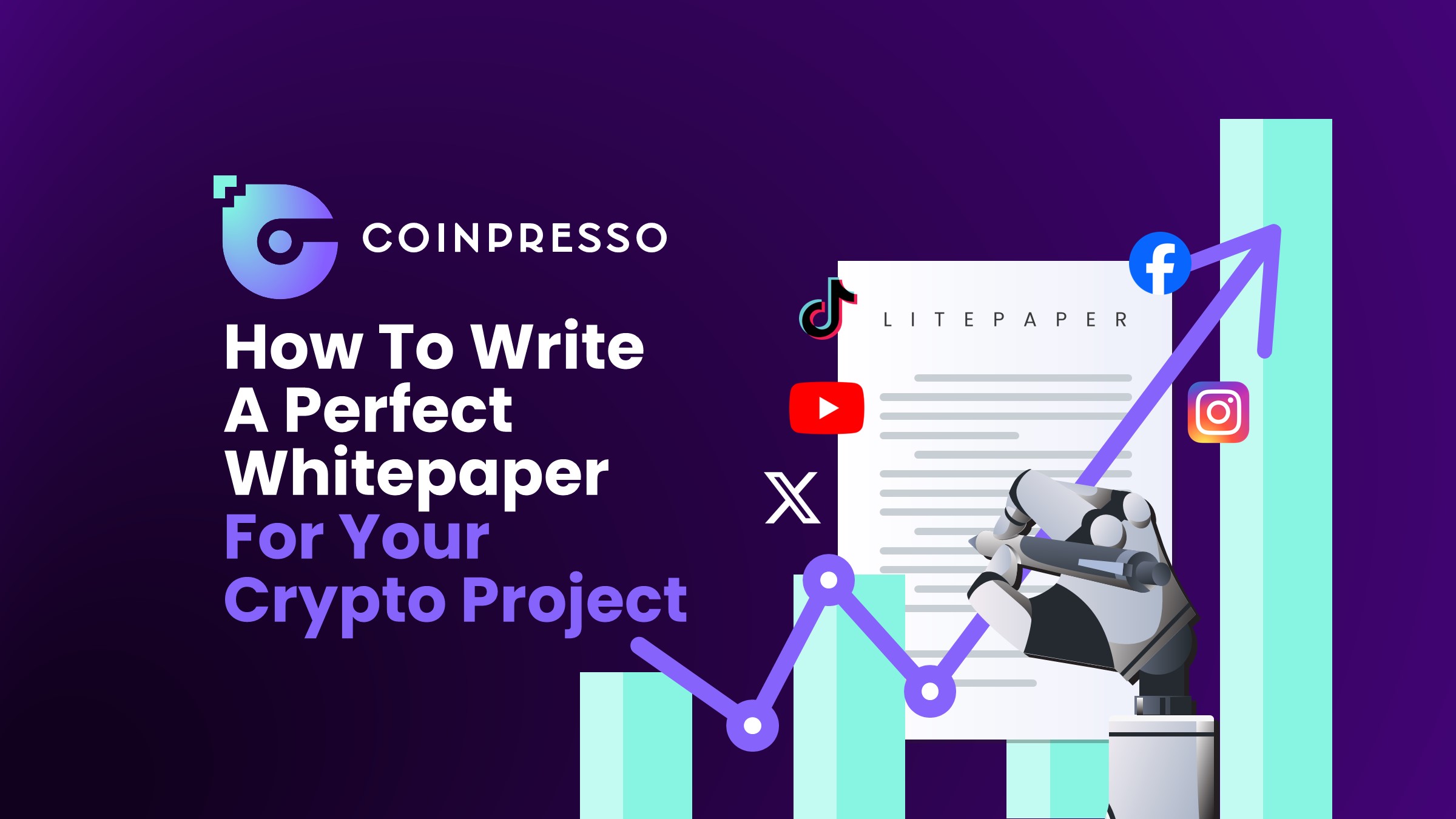
Building a successful web3 content marketing strategy requires a strong foundation. In the realm of web3, that foundation often comes in the form of a well-crafted litepaper. This concise yet compelling document serves as your project's pitch, enticing investors and enthusiasts alike to delve deeper into your innovative blockchain solution.
This guide reveals the secrets to writing a perfect litepaper that will engage your audience and propel your project forward. It will also look at some examples of great litepapers and explore how Coinpresso’s crypto marketing team can help you write and publish a professional litepaper.
What is a Litepaper (and Why Does Your Crypto Project Need One)?
A litepaper is a succinct yet compelling document showcasing your blockchain project to potential investors, partners, and users. Think of it as your project's first impression, a chance to pique interest and spark the desire to delve deeper. Unlike the dense technical manuals of whitepapers, litepapers prioritize clarity and accessibility, leaving the intricate details for later exploration.
The Power of Concise Communication - Why Less is More in Web3
Bombarding potential investors and users with pages of technical jargon is the quickest way to lose them. A well-crafted litepaper condenses complex concepts into engaging narratives, highlighting the problem your project solves, the innovative solution it offers, and the exciting vision it promises. This focus on clear, concise communication allows your project's core message to resonate, igniting curiosity and encouraging further engagement.
Whitepaper vs. Litepaper: The Difference Is In The Details
Unlike deep-dive whitepapers, litepapers are concise, action-oriented summaries focusing on key takeaways and user benefits. Written in clear, engaging language for a broader audience, they highlight your project's unique value proposition while avoiding technical jargon. Think of it as a compelling elevator pitch for your crypto project.
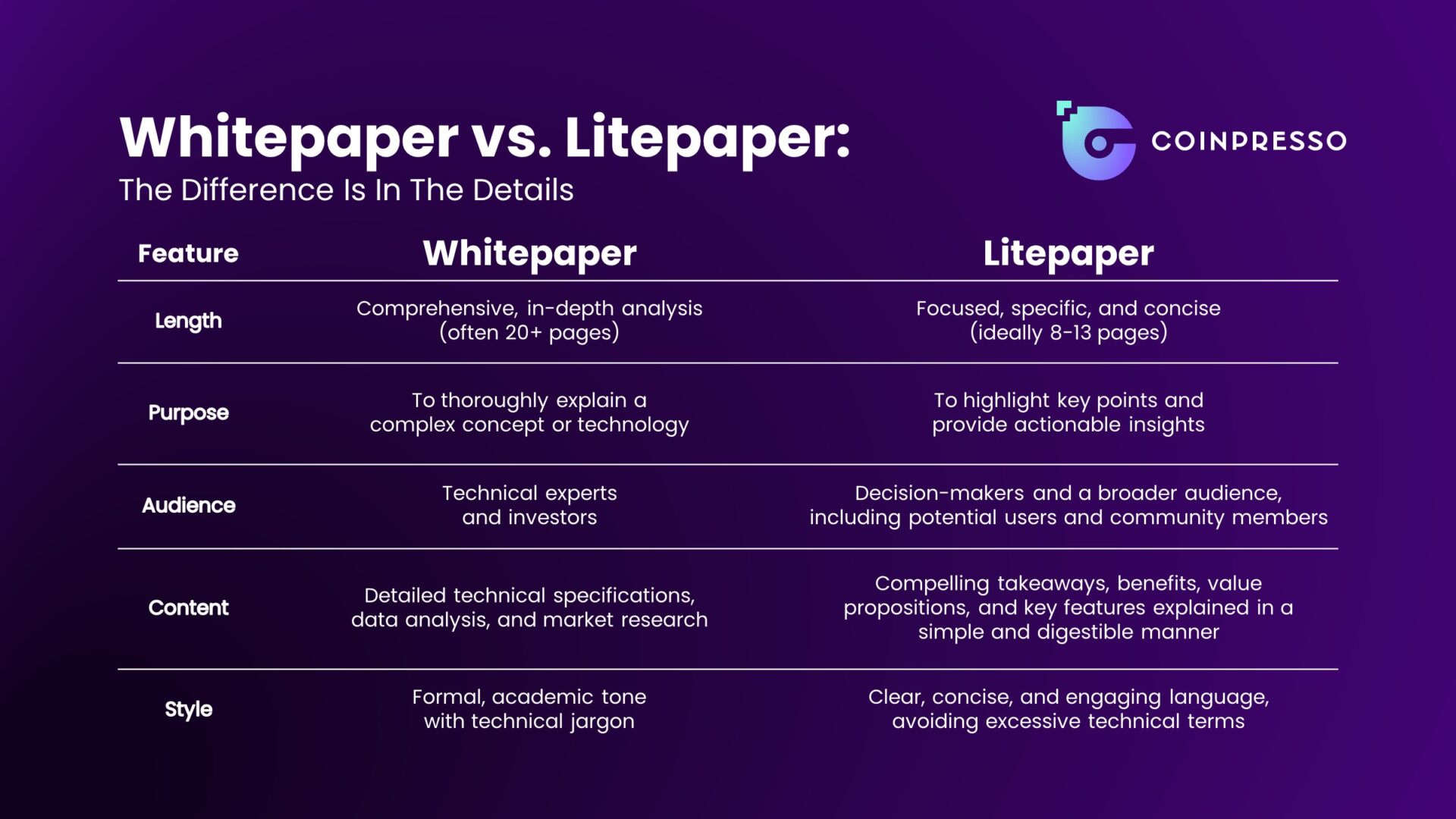
How To Write A Litepaper: A Step-By-Step Guide for Blockchain Projects
A project’s litepaper can be a decisive factor in determining its success, especially during its early stages. The paper’s goal is to present an overview of the project with a focus on its primary value proposition. As litepapers are generally much shorter than whitepapers, it's important to format them efficiently and follow a structure that makes your project easy to understand.
1. Create a Draft
Before launching into writing and editing your litepaper, it's crucial to have a clear vision of what the document will look like. Creating a draft that’s broken down into sections that flow logically will make it easier to create a well-structured document that will keep readers engaged. Your structure will vary depending on your project, but the following sections are a good starting point.
2. Writing a Concise Introduction
Start your litepaper with a concise hook that introduces your crypto project's core purpose and significance. Briefly explain what your project does and why it matters without overwhelming readers with details.
3. What Problem Does Your Crypto Project Solve?
Establish the critical challenge your project tackles. Articulate the pain points you address and why resolving them matters. This is your stage to shine - showcase your project's unique approach and its potential to revolutionize the landscape. A good example is Polkadot’s litepaper, which clearly explains why interoperability is crucial to improving the blockchain industry.
4. Explain How Your Blockchain Solutions Solve The Highlighted Problem.
Present your innovative approach to tackling the issues highlighted earlier. Clarify how the web3 initiative addresses these concerns, the project aims, and why it stands out as the optimal choice. Integrate technical specifications, details, and innovations that distinguish this web3 solution.
5. Provide Examples of Relevant Industry Data.
Incorporate up-to-date industry data to give your audience a snapshot of the market opportunity. Share pertinent market figures such as market size, potential user base, or revenue projections. This addition will offer readers insights into the expansive potential of your project and underscore the compelling reasons for considering it as an investment.
6. Provide Readers With Tokenomics Information.
Outline your token sale model and articulate the value proposition of your tokens, specifying their utility within the project. This is the section where you delve into the economic incentives for potential token holders, explain the usage of tokens within your project's ecosystem, and expand on the factors contributing to the anticipated success of your business.
7. Introduce the Team and Highlight Their Expertise
Introduce the members of your team, providing background information on each individual. Articulate why each team member is well-suited for the project, detailing their expertise and designated roles.
8. Bring It All Together in the Conclusion
In the conclusion, summarize the essential points outlined in the litepaper and clarify the advantages for the community. Highlight the reasons underpinning the potential success of your project and underscore its investment-worthy nature. Encourage readers to delve deeper by providing links to the whitepaper and official social media pages.
Need Help Writing a Litepaper? Contact Coinpresso’s Web3 Marketing Team Today.
Coinpresso is the leading web3 marketing agency for performance, and our crypto copywriting team has a proven track record in creating litepapers for crypto projects. Contact us today for a free consultation, which will provide insights into your current marketing strategy, identify areas for improvement, and discuss creating the first draft of your litepaper.
Final Thoughts on Writing A Litepaper
Crafting a compelling litepaper is an important step in the development of a crypto project. This document is designed to give the reader clarity on the project’s value proposition without delving as heavily into the technical details as you might in a whitepaper. A good litepaper gets straight to the point, has a clear structure, and explains why the project brings something new to the industry.


